On the morning of June 11, continuing the program of the 9th session of the 15th National Assembly, the National Assembly listened to Minister of Home Affairs Pham Thi Thanh Tra, authorized by the Prime Minister, present a report on the arrangement of provincial-level administrative units (DVHC) in 2025.
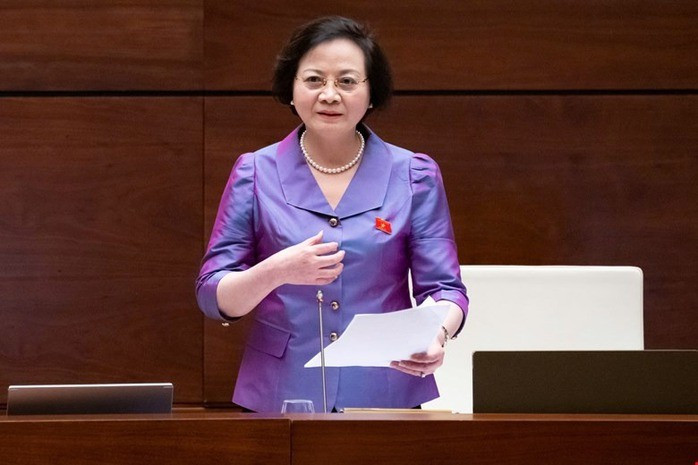
Regarding the arrangement plan, Minister of Home Affairs Pham Thi Thanh Tra said that based on the current situation and development orientation of 63 provinces and cities nationwide, the Government has developed 23 arrangement plans for 52 provincial-level administrative units to form 23 new provincial-level administrative units. Specifically:
Merge Ha Giang province and Tuyen Quang province into a new province called Tuyen Quang province, the political and administrative center is located in the current Tuyen Quang province.
Merge Yen Bai province and Lao Cai province into a new province called Lao Cai province, the political and administrative center is located in the current Yen Bai province.
Merge Bac Kan province and Thai Nguyen province into a new province, called Thai Nguyen province, with the political and administrative center located in the current Thai Nguyen province.
Merge Vinh Phuc province, Hoa Binh province and Phu Tho province into a new province called Phu Tho province, the political and administrative center is located in the current Phu Tho province.
Merge Bac Giang and Bac Ninh provinces into a new province called Bac Ninh province, with the political and administrative center located in the current Bac Giang province.
Merge Thai Binh province and Hung Yen province into a new province called Hung Yen province, the political and administrative center is located in the current Hung Yen province.
Merge Hai Duong province and Hai Phong city into a new city called Hai Phong city, the political and administrative center is located in the current Hai Phong city.
Merge Ha Nam province, Ninh Binh province and Nam Dinh province into a new province called Ninh Binh province, the political and administrative center is located in the current Ninh Binh province.
Merge Quang Binh province and Quang Tri province into a new province called Quang Tri province, the political and administrative center is located in the current Quang Binh province.
Merge Quang Nam province and Da Nang city into a new city called Da Nang city, the political and administrative center is located in the current Da Nang city.
Merge Kon Tum province and Quang Ngai province into a new province called Quang Ngai province, the political and administrative center is located in the current Quang Ngai province.
Merge Gia Lai province and Binh Dinh province into a new province called Gia Lai province, the political and administrative center is located in the current Binh Dinh province.
Merge Ninh Thuan province and Khanh Hoa province into a new province called Khanh Hoa province, the political and administrative center is located in the current Khanh Hoa province.
Merge Lam Dong province, Dak Nong province and Binh Thuan province into a new province called Lam Dong province, the political and administrative center is located in the current Lam Dong province.
Merge Dak Lak province and Phu Yen province into a new province called Dak Lak province, the political and administrative center is located in the current Dak Lak province.
Merge Ba Ria - Vung Tau province, Binh Duong province and Ho Chi Minh City into a new city called Ho Chi Minh City, the political - administrative center is located in Ho Chi Minh City today.
Merge Dong Nai province and Binh Phuoc province into a new province called Dong Nai province, the political and administrative center is located in the current Dong Nai province.
Merge Tay Ninh province and Long An province into a new province called Tay Ninh province, the political and administrative center is located in the current Long An province.
Merge Can Tho City, Soc Trang Province and Hau Giang Province into a new city called Can Tho City, with the political and administrative center located in Can Tho City today.
Merge Ben Tre province, Vinh Long province and Tra Vinh province into a new province called Vinh Long province, the political and administrative center is located in the current Vinh Long province.
Merge Tien Giang province and Dong Thap province into a new province called Dong Thap province, the political and administrative center is located in the current Tien Giang province.
Merge Bac Lieu province and Ca Mau province into a new province called Ca Mau province, the political and administrative center is located in the current Ca Mau province.
Merge An Giang province and Kien Giang province into a new province called An Giang province, the political and administrative center is located in the current Kien Giang province.
The 23 new provincial-level administrative units after the rearrangement include: Tuyen Quang; Lao Cai, Thai Nguyen, Phu Tho, Bac Ninh, Hung Yen, Ninh Binh, Quang Tri, Quang Ngai, Gia Lai, Khanh Hoa, Lam Dong, Dak Lak, Dong Nai, Tay Ninh, Vinh Long, Dong Thap, Ca Mau, An Giang; Hai Phong City, Ho Chi Minh City, Da Nang City, Can Tho City.
Thus, after rearranging 52 provincial-level administrative units to form 23 new provincial-level administrative units, together with 11 provinces and cities that do not carry out provincial-level rearrangement, the whole country will have 34 provincial-level administrative units including 6 centrally-run cities and 28 provinces.
All 23/23 provincial-level administrative units formed after the reorganization have met the standard orientation of provincial-level administrative units as prescribed in Article 4 of Resolution No. 76/2025/UBTVQH15.
"The results of public consultation and approval of People's Councils at all levels showed a high consensus rate. On average, 96.19% of the people nationwide and 100% of People's Councils at all levels of 52 provinces and cities voted in favor of the policy of rearranging provincial-level administrative units in their localities," informed the Minister of Home Affairs.
According to Vice Chairman of the National Assembly Nguyen Khac Dinh, after the National Assembly listens to the report, it will discuss in groups; on the morning of June 12, it will discuss in the hall and immediately after that, it will vote to pass the National Assembly's Resolution on the arrangement of provincial-level administrative units in 2025. Immediately after that, the Chairman of the National Assembly will sign and issue the Resolution.
Effective from June 12
This means that the National Assembly Resolution on the arrangement of provincial administrative units in 2025 will take effect from tomorrow, June 12, instead of July 1 as originally planned. The National Assembly Standing Committee will direct the formation of National Assembly delegations of new provinces and cities immediately after June 12.
Synthesized from localities, the total number of cadres, civil servants and public employees according to the assigned norms of provincial-level agencies, organizations and units in 52 provinces and cities implementing the arrangement is 447,657 people (including: 2,321 cadres, 79,118 civil servants, 366,218 public employees).
After the arrangement, the maximum number of cadres, civil servants and public employees at the provincial level must not exceed the total number of cadres, civil servants and public employees (number present) at the provincial level before the arrangement and the streamlining of the payroll must be carried out in conjunction with restructuring and improving the quality of the cadres, civil servants and public employees, ensuring that within 5 years, the arrangement is basically in accordance with regulations.
According to Van Duan - Minh Chien (NLDO)
Source: https://baogialai.com.vn/chinh-thuc-trinh-quoc-hoi-sap-xep-ca-nuoc-con-34-don-vi-hanh-chinh-cap-tinh-post327628.html


























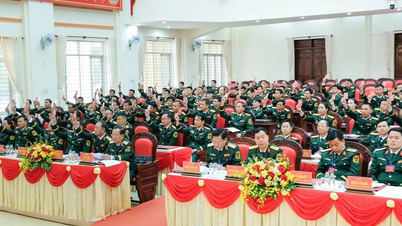







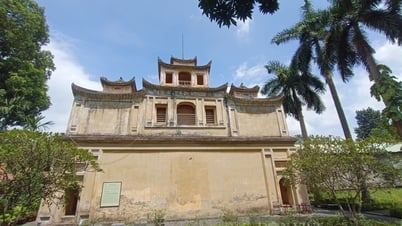



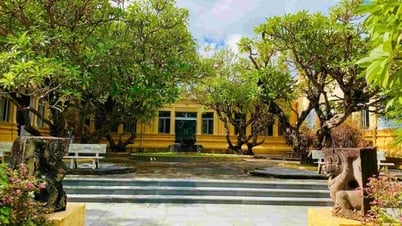




















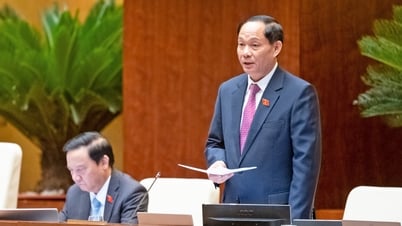

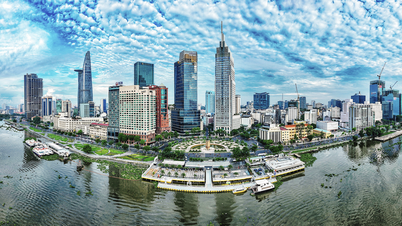























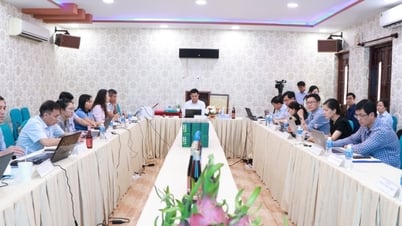







Comment (0)